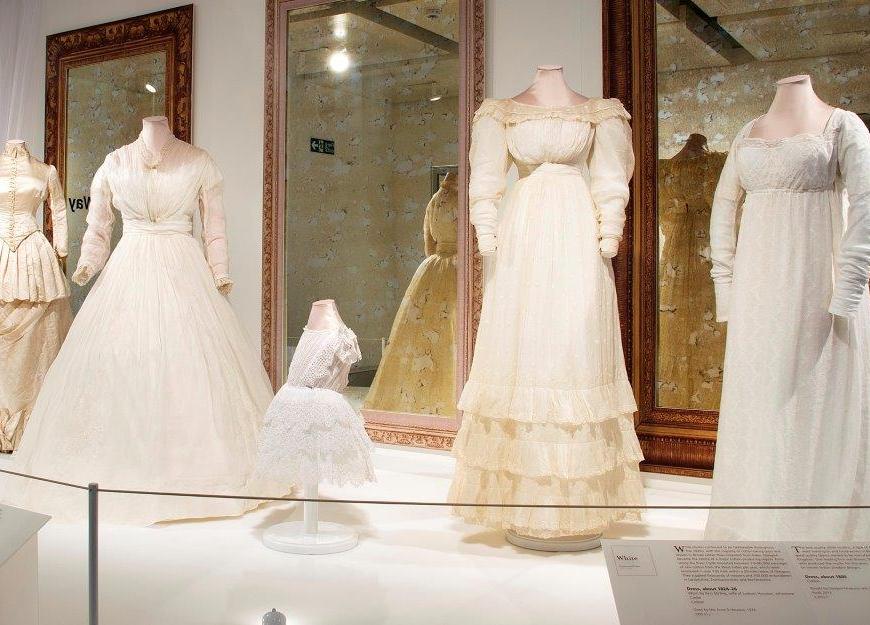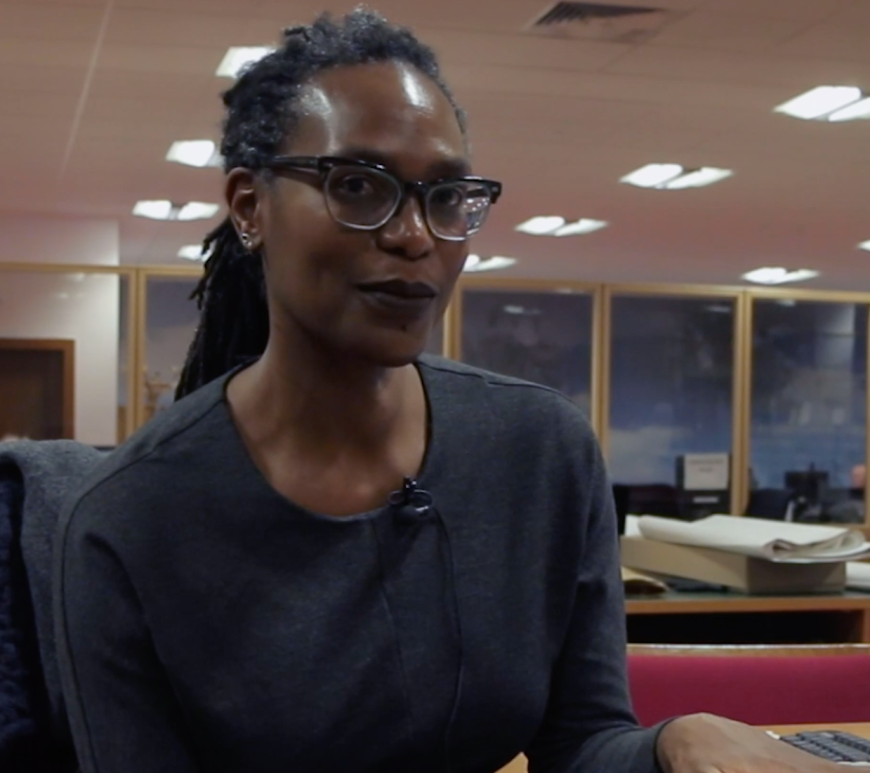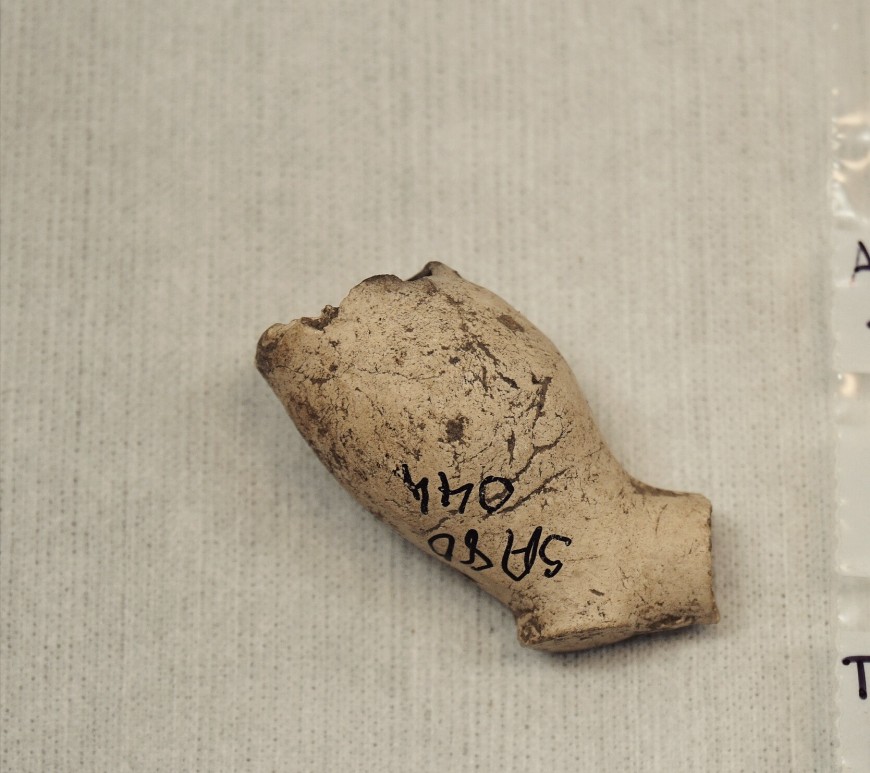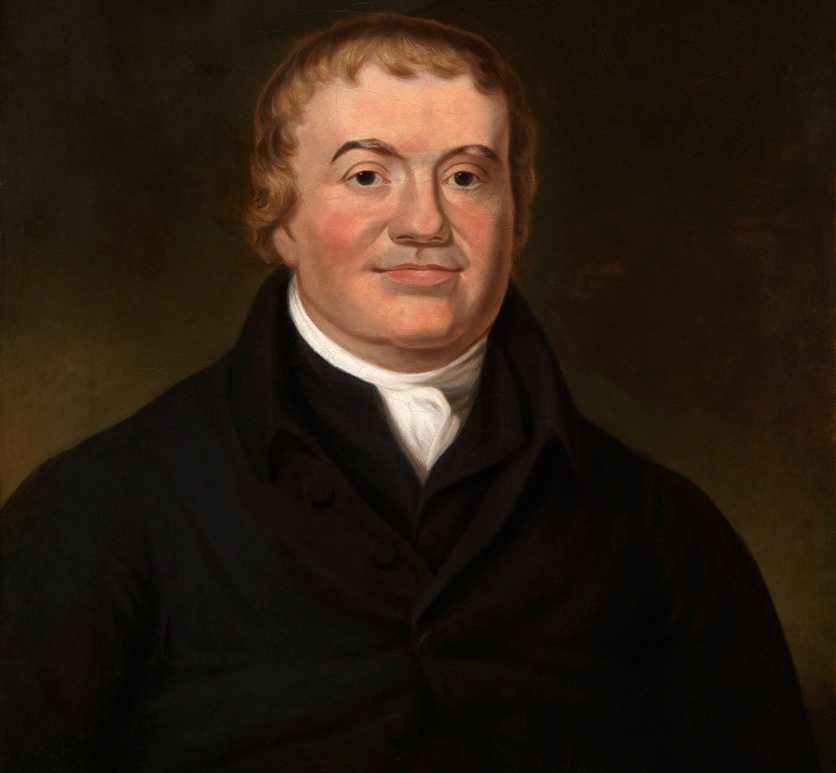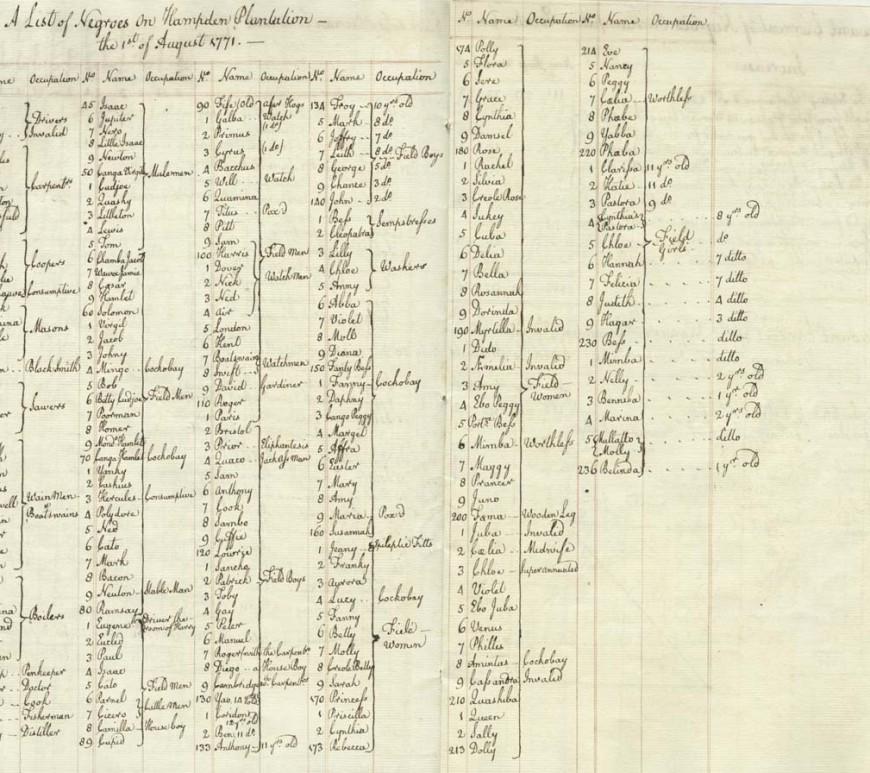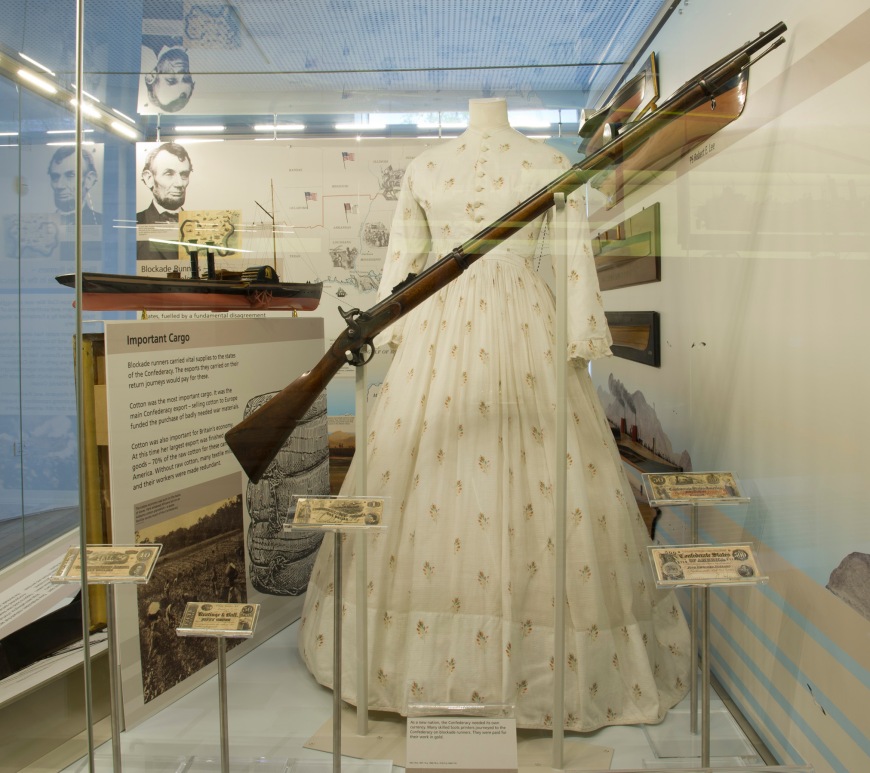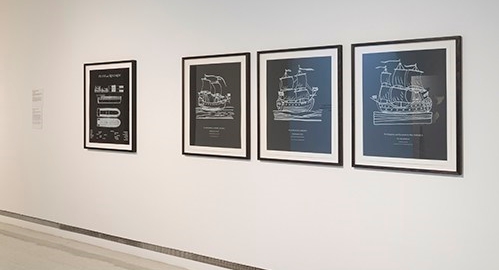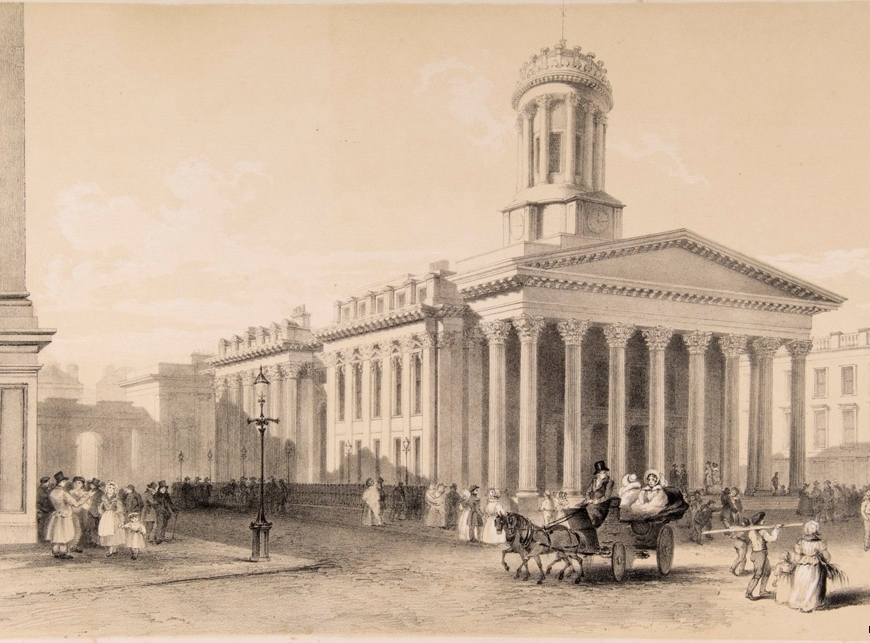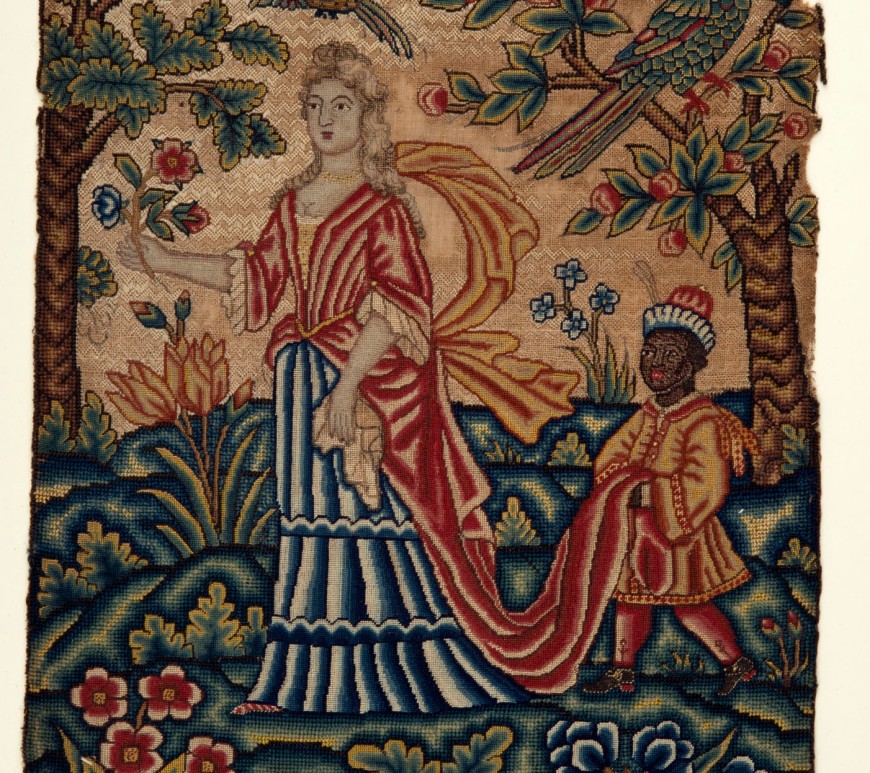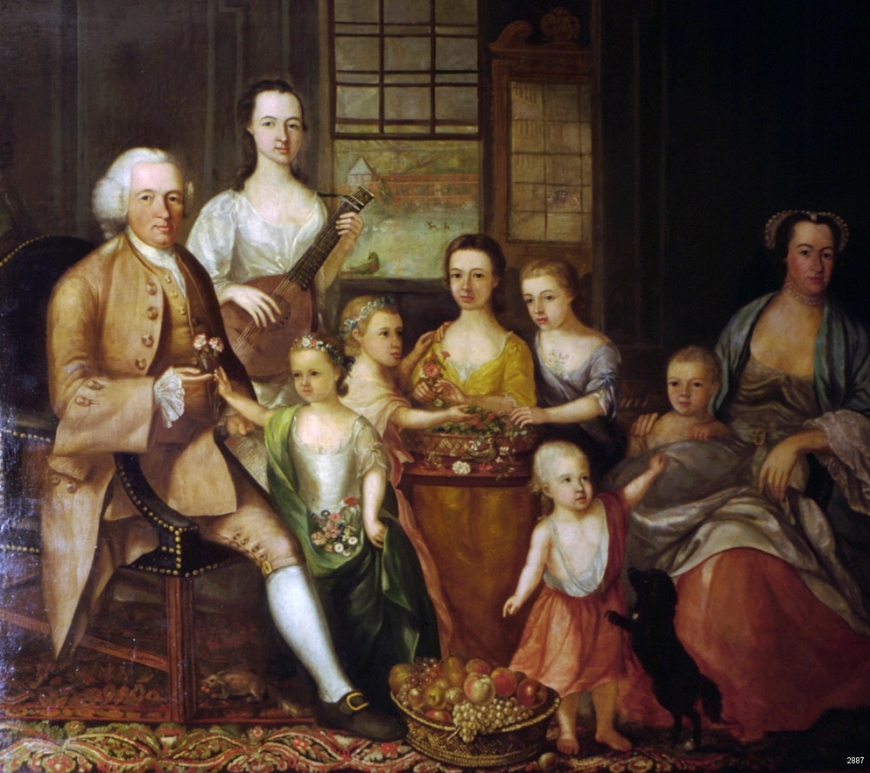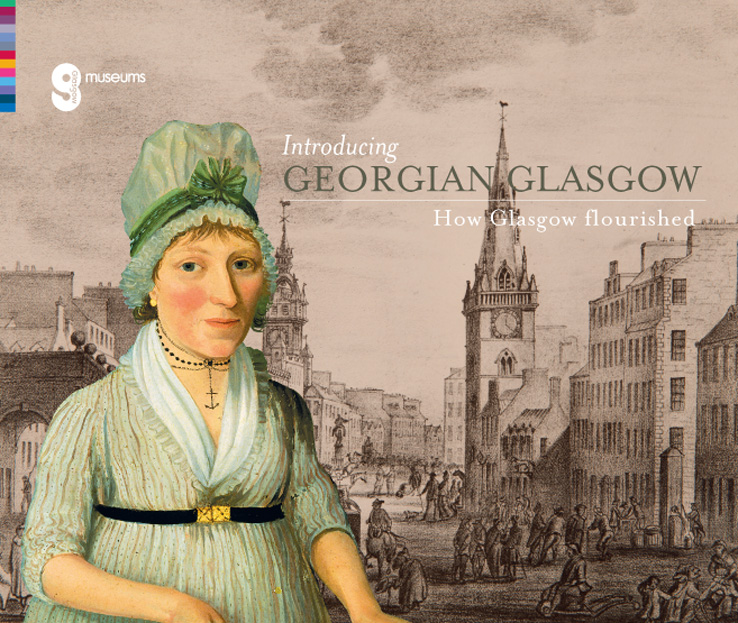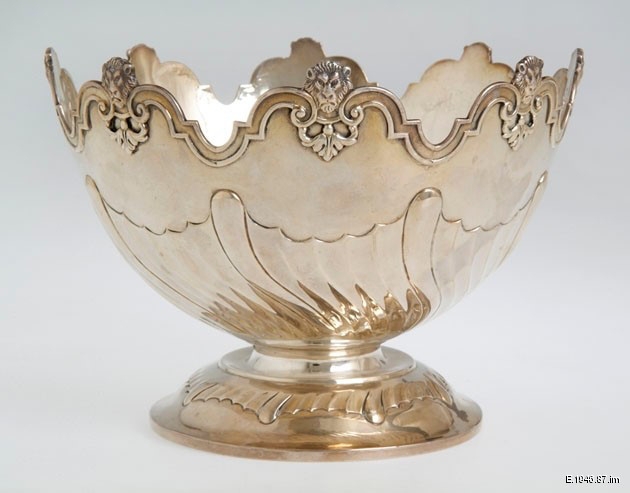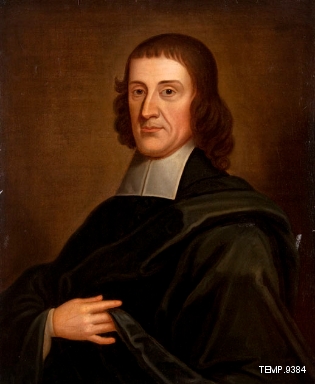
John Glassford’s Art Collection
John Glassford of Dougalston (1715 -1783) is famed for his success as a businessman, but few people know about his art collection. It was sold at auction at Christies on 23rd December 1786. The auction catalogue lists 139 paintings for sale. The collection was mostly made up of British, Dutch and French artists but there were also a few Italian paintings. He had three works … Continue reading John Glassford’s Art Collection

